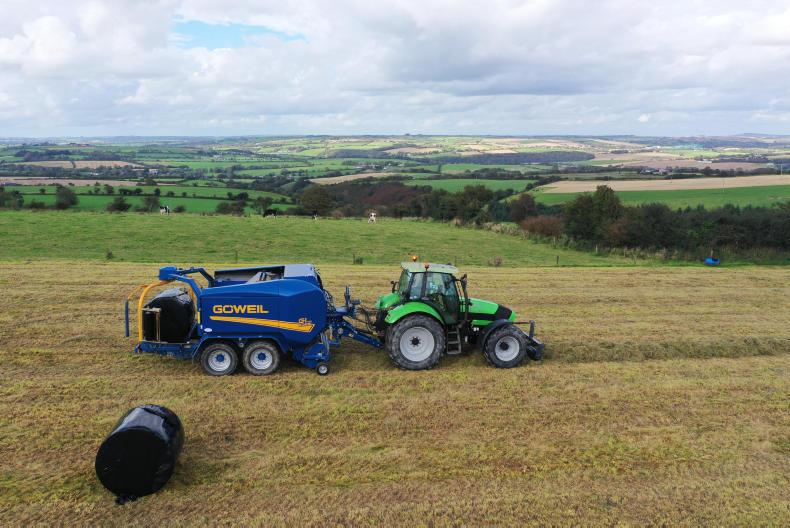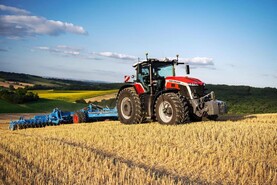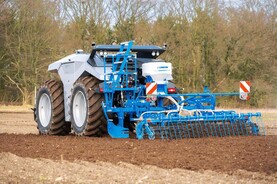James and David Bryan own and run Bio Plant & Agri Ltd, a contracting business based in Kilbrittain, Co Cork. In 2016 the brothers imported the first Austrian-built Goweil combination baler to Ireland.
The brothers had previously visited the Goweil factory in Kirchschlag, Austria, to check out a static maize baler. They were impressed with the quality of the Goweil's products. Having travelled to Agritechnica in Germany in 2015 and seen the strength and build quality of the combination baler they felt that it was the machine for them.
After four relatively trouble-free years and low annual running costs the decision was made to upgrade to the latest G-1 F125 Kombi model
At the time, there was no sole Irish importer for the Goweil agricultural range of machinery which meant the Bryan brothers were taking somewhat of a chance buying a machine knowing there was no Irish dealer backup. However, this didn’t put them off, having seen the heavy-duty build of the machine.
After four relatively trouble-free years and low annual running costs the decision was made to upgrade to the latest G-1 F125 Kombi model for the 2020 silage season. By the time the new baler had arrived in Ireland, southeast-based machinery dealer The Cooney Furlong Machinery Company had been announced as the sole Irish importer for the Goweil product range. Having recently spoken with the new Irish importer, it says that there has been great interest in the Goweil range of machines after a number of successful demonstrations over the summer.
The machine
The Bryans new machine for 2020 shares much the same design and features as the older model with a few updates throughout. These updates include covered film roll storage locations, a mechanically driven infeed roller with hydraulic assist which was previously fully hydraulic drive, larger wheels and larger drive chains.
The baler is fitted with a 2.2m cam-less, six-tine bar pick-up which is equipped with flexible plastic bands instead of the typical steel bands we are used to.
A small infeed roller sits in front of the main rotor which helps pre-compress the crop
Crop is then fed into the 570mm six-star rotor. The rotor and chopping unit configuration is different to most balers in that crop passes up and over the rotor, leaving the chopping unit more accessible from a maintenance point of view. A small infeed roller sits in front of the main rotor which helps pre-compress the crop. This roller is mechanically driven but is also hydraulically assisted to help in the event of a pick-up blockage.
The Goweil machine is unique in that it is fitted with dual binding unit
Inside the bale chamber is home to 18 solid, ribbed rollers which are all constructed from 4mm steel. The two-drive rollers have large 65mm shafts while the remaining 16 rollers have 60mm shafts, larger than most competitor machines. The Goweil machine is unique in that it is fitted with dual binding unit. This means the two binding units can work in tandem, halving binding time or individually and switched between from the cab.
Other features on the machine is the weight transfer system. This gives the operator the option of transferring weight on the front axle to the rear axle and so increasing the tractors traction.
The heavy-duty build of the G-1 F125 Kombi is noticeable once on the scales. Weighing 8,980kg, the unit is considerably heavier than its competitors and wider too. Fitted with the standard 560 tyres the unit as an overall width of 3m or almost 10ft.
Read the full story online or in this week’s machinery pages for more.






 This is a subscriber-only article
This is a subscriber-only article










SHARING OPTIONS: